“What” Questions for Kids:
Children with language delays often have difficulty answering questions. When teaching a child to answer questions, it is helpful to teach one question form at a time. This page is all about teaching “what”questions in speech therapy. We will break this skill down into several different types of “what” questions for kids so you can teach them one at a time.
When Should Children be able to Answer Questions?
Children gradually increase their ability to answer questions as they get older. A one-year-old may begin to show an understanding of basic questions with body language. For example, when someone says “where’s Mommy?” a one-year-old may look toward his/her mother. As children get older, we expect them to be able to answer more complex questions and to provide verbal (spoken) answers to those questions.
Here are a few milestones for when children should begin answering questions:
- 2-Year-Old: A 2-year-old should be able to respond to some simple questions like, “what’s this”, “who’s that”, or “where are your shoes”
. - 3-Year-Old: A 3-year-old should be able to answer more complex questions and should be starting to ask basic “who”, “what”, “where” and “why” questions.
. - 4-Year-Old: A 4-year-old should be able to ask and answer many questions, if not all question types. They should be able to answer “who”, “what”, and “where” questions and should be asking “why”, “when”, and “how” questions as well.
. - 5-Year-Old: A 5-year-old should be able to ask and answer a variety of questions including yes/no and all “wh-” questions. They should also be able to ask and answer questions during school activities to further their learning.
“What” Questions Speech Therapy:
Speech therapy can help children learn to answer questions, including “what” questions. Below are several different types of “what” questions for kids that can be used in speech therapy or at home to help the child learn to answer “what” questions. These are in order from easiest to hardest, so start at the top and work your way down as the child masters each type.
“What” Questions for Kids Type 1:
“What’s This”
The easiest “what” question for a child to answer is “what’s this?”. However, many children with language delays tend to repeat the question instead of answering. If the child seems to know what some things are called (she is able to label them or talks about them when not being asked a question), then you can teach her how to answer the question appropriately instead of repeating it.
Find some pictures of objects (or real objects instead of pictures) that your child is familiar with. These could be favorite toys, favorite foods, etc. Choose things that the child enjoys. Now, hold up one of the pictures and say “what’s this?” Immediately model the correct response for her by saying what that thing is called. For example, if you hold up a picture of a ball, say “what’s this? Ball.” Ideally, she will repeat the word “ball” instead of “what’s this” since that is what you said last. If not, encourage her to say “ball”.
Next, ask the question again but don’t answer it for her. Pause and see if she says “ball”. If so, praise her and let her know exactly what you’re praising her for (tell her “ball, yes, it is a ball! You said ball”). If she doesn’t say ball, model it for her and have her repeat it.
Keep practicing this by modeling the question and the answer a few times and then give her another chance to answer. Keep doing this until she can answer “what’s this” about one picture. Once she can do that, introduce a new picture.
“What” Questions for Kids Type 2:
“What Doing”
The next type of “what” question you can work on answering with a child is “what doing” questions. These are questions like “what is she doing?” or “what are you doing?”.
Find some pictures of people performing various familiar actions. You can use our free verb cards below, or make your own. Show the child one of the pictures and say “what is she doing?” If the child doesn’t answer correctly, model the correct verb and have him repeat it. Add the “-ing” on the end of the word to make it grammatically correct, but if the child just says the verb part (“jump” instead of “jumping”), that’s ok, too. At this point we just want to get the verb. We can work on the “-ing” later. Keep practicing this with one action card until he can do that one consistently. Then, add another card in and work on that one.
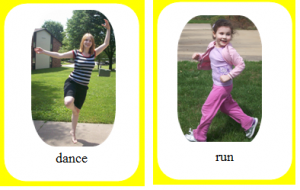
“What” Questions for Kids Type 3:
“What Do You”
Now that we’ve worked on actions through “what doing” questions, it’s time to work on questions like “what do you eat?” and “what do you wear?” Find some pictures of people performing various actions that require other objects, such as a boy eating a cracker or a girl riding a bike. You can use our free verb cards above, or make your own.
Show the child the picture and label what he is doing and what he is using to do that action. For example say “He is eating a cracker” or “she is riding her bike”. Then, put the picture away and ask the child “what do you ___?” using the same verb that you just showed a picture of.
For example, if you show a picture of a boy eating a cracker, you could say “He is eating a cracker (put pic away), what do you eat?”. Then, have the child provide an object that answers that question. After the child starts to get the hang of this, put the pictures away and just ask the questions “what do you ____?”.
“What” Questions for Kids Type 4:
Function Questions
Now comes the most difficult form of “what” questions that we will practice: function questions. These are questions like “what do you do with a fork” or “what do you use a brush for?”. Show the child a picture of a common object. Ask your child “what do you do with a ____?”. You may have to tell the child the answer at first and have him repeat it back to you. He will probably be more likely to just tell you what it’s called at first. Have him repeat back to you the answer in a short phrase or sentence, such as “you brush your hair” or “you brush your hair with a brush”. Once the child gets the hang of it, stop telling him the answers and see if he can come up with them on his own.
If the child is struggling to figure out what you do with a certain object, try handing him the actual object and watch what he does. If he uses it appropriately, describe what he’s doing. You could say “oh, you’re brushing your hair. You brush your hair with a brush. What do you do with a brush? Brush your hair”. If the child doesn’t use the object the way it’s meant to be used, show him how to use it and talk about what you’re doing.

About the Author: Carrie Clark, MA CCC-SLP
Hi, I’m Carrie! I’m a speech-language pathologist from Columbia, Missouri, USA. I’ve worked with children and teenagers of all ages in schools, preschools, and even my own private practice. I love digging through the research on speech and language topics and breaking it down into step-by-step plans for my followers.
Fun Fact: I sunburn very easily, it’s kind of ridiculous. I have to be very careful when out in the sun, especially if we travel South at all.
Connect with Me:

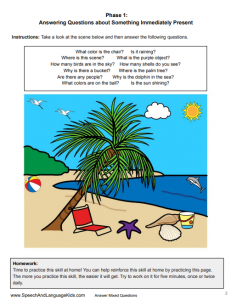
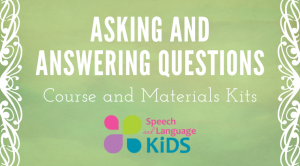
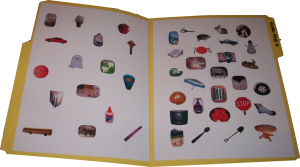
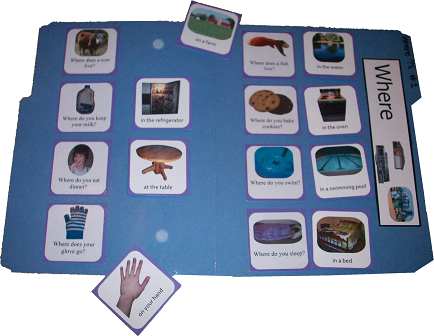
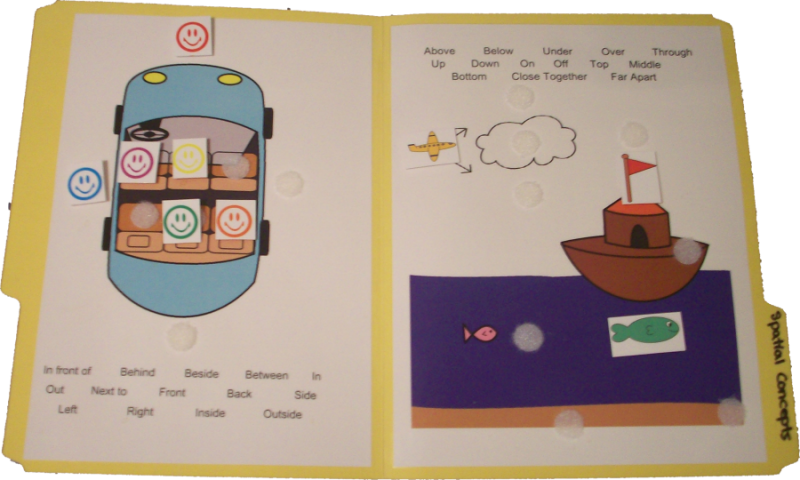







Thank you for every other great post. Where else may anybody get that kind of info in such an ideal means
of writing? I’ve a presentation subsequent week, and I’m at the
look for such information.
Hello, I would like to subscribe for this blog to
obtain latest updates, therefore where can i do it please assist.
Hi, Marlon-If you scroll to the bottom of this page: https://www.speechandlanguagekids.com/website-terms-use-disclaimer/, there is a button for you to subscribe to our mailing list.